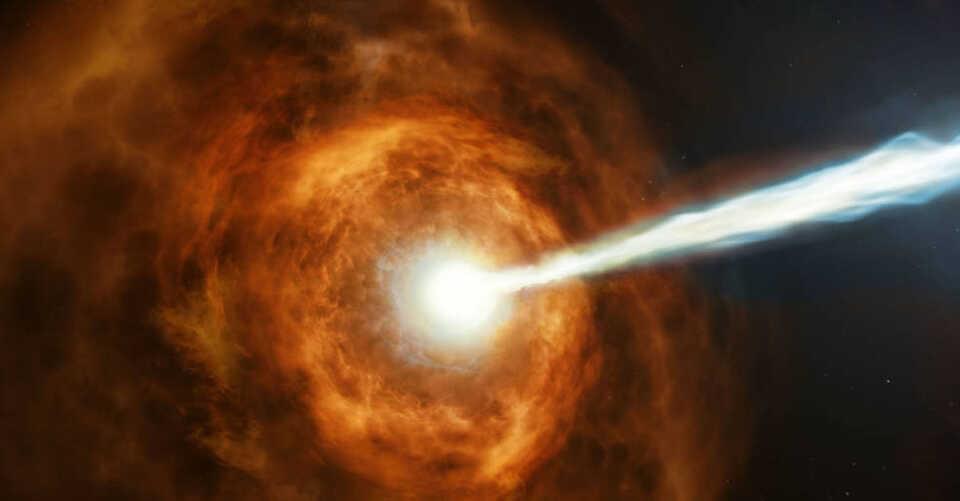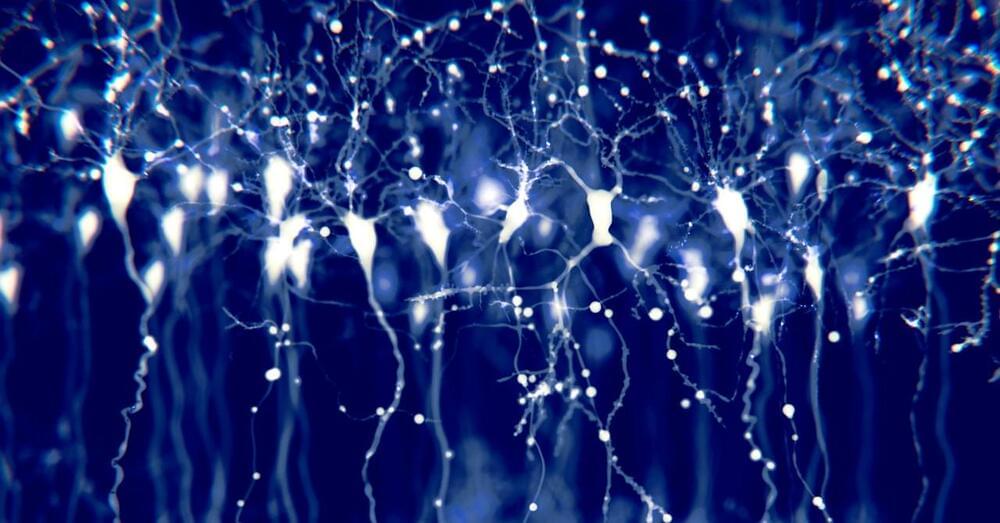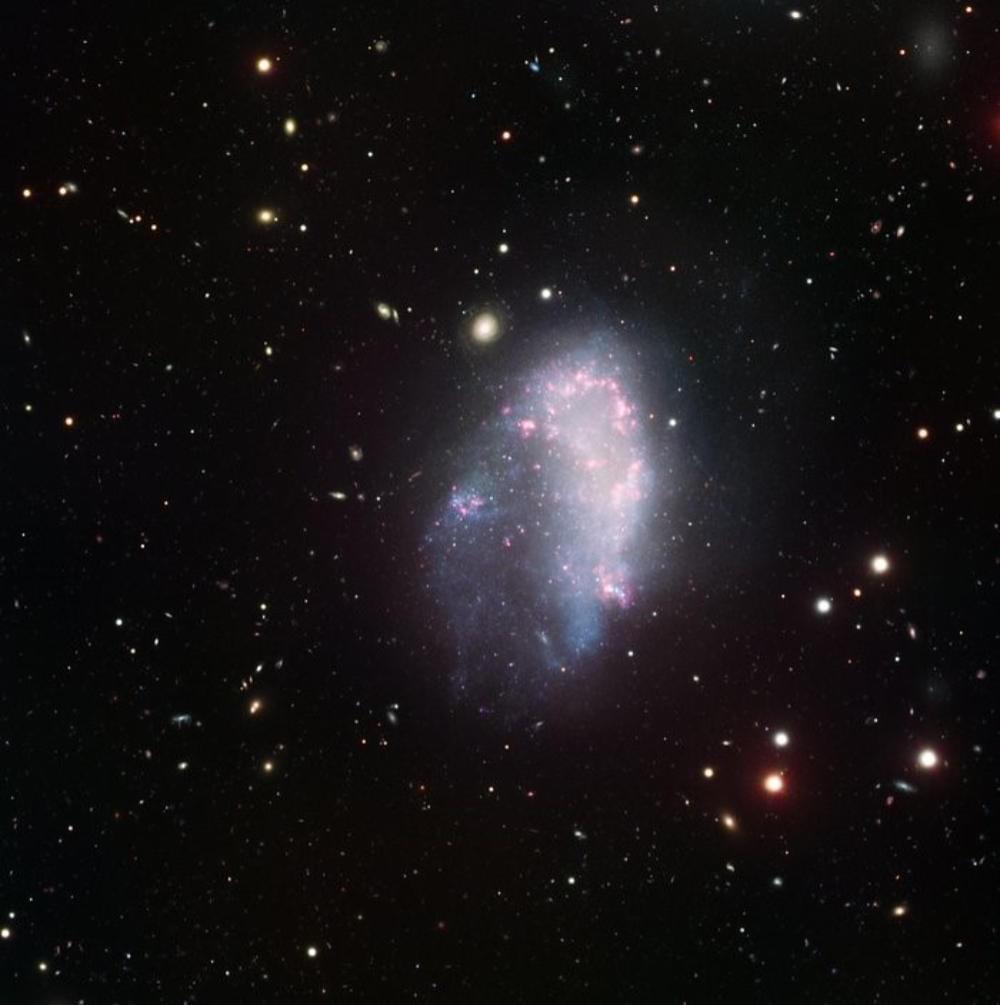Google is now only showing the site name in mobile search results that are for the entire website, such as for the home page.




This week, in-space refueling company Orbit Fab won a $13.3 million USSF contract to gas up geostationary (GEO) military satellites starting in 2025. Under the four-year contract, which was first reported by Bloomberg, the Colorado-based space startup will deliver hydrazine propellant to at least one Space Force satellite in GEO.
If you build it, they will come
Jeremy Schiel, cofounder and chief development officer of Orbit Fab, says he expects the Defense Department’s buy-in to boost the company’s credibility on the commercial market.

New research in mice illuminates how pain neurons shield the gut from damage.
Pain is one of evolution’s most effective mechanisms for detecting injury and letting us know that something is wrong. It acts as a warning system, telling us to stop and pay attention to our body.
But what if pain is more than just a mere alarm signal? What if pain is in itself a form of protection?

Astronomers just detected what may be the most powerful flash of light ever seen.
The so-called gamma-ray burst, the most energetic type of electromagnetic explosion known to exist in the universe, was first spotted by telescopes Sunday (Oct. 9).
Gamma-ray bursts, which were discovered accidentally by U.S. military satellites in the 1960s, are likely produced when giant stars explode at the ends of their lives before collapsing into black holes, or when ultradense stellar remnants known as neutron stars collide. Within seconds, these explosions unleash as much energy as the sun will emit during its entire 10-billion-year lifetime.


One of the most successful theories of 20th century science is cosmic inflation, which preceded and set up the hot Big Bang. W e also know how quantum fields generally work, and if inflation is a quantum field (which we strongly suspect it is), then there will always be more “still-inflating” space out there. Whenever and wherever inflation ends, you get a hot Big Bang. If inflation and quantum field theory are both correct, a Multiverse is a must.
When we look out at the Universe today, it simultaneously tells us two stories about itself. One of those stories is written on the face of what the Universe looks like today, and includes the stars and galaxies we have, how they’re clustered and how they move, and what ingredients they’re made of. This is a relatively straightforward story, and one that we’ve learned simply by observing the Universe we see.
But the other story is how the Universe came to be the way it is today, and that’s a story that requires a little more work to uncover. Sure, we can look at objects at great distances, and that tells us what the Universe was like in the distant past: when the light that’s arriving today was first emitted. But we need to combine that with our theories of the Universe — the laws of physics within the framework of the Big Bang — to interpret what occurred in the past. When we do that, we see extraordinary evidence that our hot Big Bang was preceded and set up by a prior phase: cosmic inflation. But in order for inflation to give us a Universe consistent with what we observe, there’s an unsettling appendage that comes along for the ride: a multiverse. Here’s why physicists overwhelmingly claim that a multiverse must exist.

There are many ways to interpret quantum mechanics, each weirder than the last. Theoretical physicist Sean Carroll says that the most plausible is the Many-Worlds theory.
The idea that an infinite number of parallel worlds could exist alongside our own is hard to wrap the mind around, but a version of this so-called Many Worlds theory could provide an answer to the controversial idea of quantum mechanics and its many different interpretations.
Bill Poirier, a professor of physics at Texas Tech University in Lubbock, proposed a theory that not only assumes parallel worlds exist, but also says their interaction can explain all the quantum mechanics “weirdness” in the observable universe.

Quantum entanglement is the binding together of two particles or objects, even though they may be far apart – their respective properties are linked in a way that’s not possible under the rules of classical physics.
It’s a weird phenomenon that Einstein described as “spooky action at a distance”, but its weirdness is what makes it so fascinating to scientists. In a 2021 study, quantum entanglement was directly observed and recorded at the macroscopic scale – a scale much bigger than the subatomic particles normally associated with entanglement.
The dimensions involved are still very small from our perspective – the experiments involved two tiny aluminum drums one-fifth the width of a human hair – but in the realm of quantum physics they’re absolutely huge.

Dwarf galaxies are small, faint galaxies that are often found in or close to bigger galaxies or galaxy clusters. As a result, they could be impacted by their larger companions’ gravitational effects.
“We introduce an innovative way of testing the standard model based on how much dwarf galaxies are disturbed by gravitational tides’ from nearby larger galaxies,” said Elena Asencio, a Ph.D. student at the University of Bonn and the lead author of the story.
Tides occur when gravity from one body pulls on various areas of another body differently. These are comparable to tides on Earth, which form when the moon exerts a stronger pull on the side of the Earth that faces the moon.